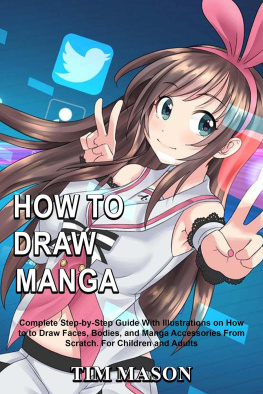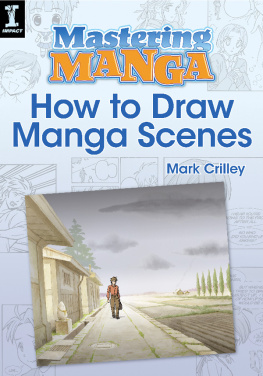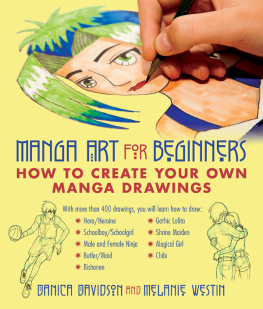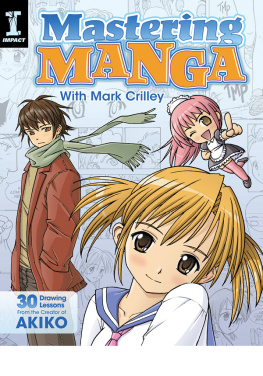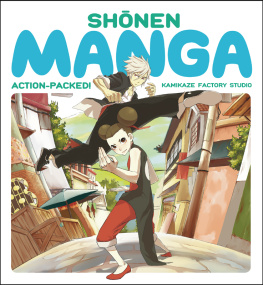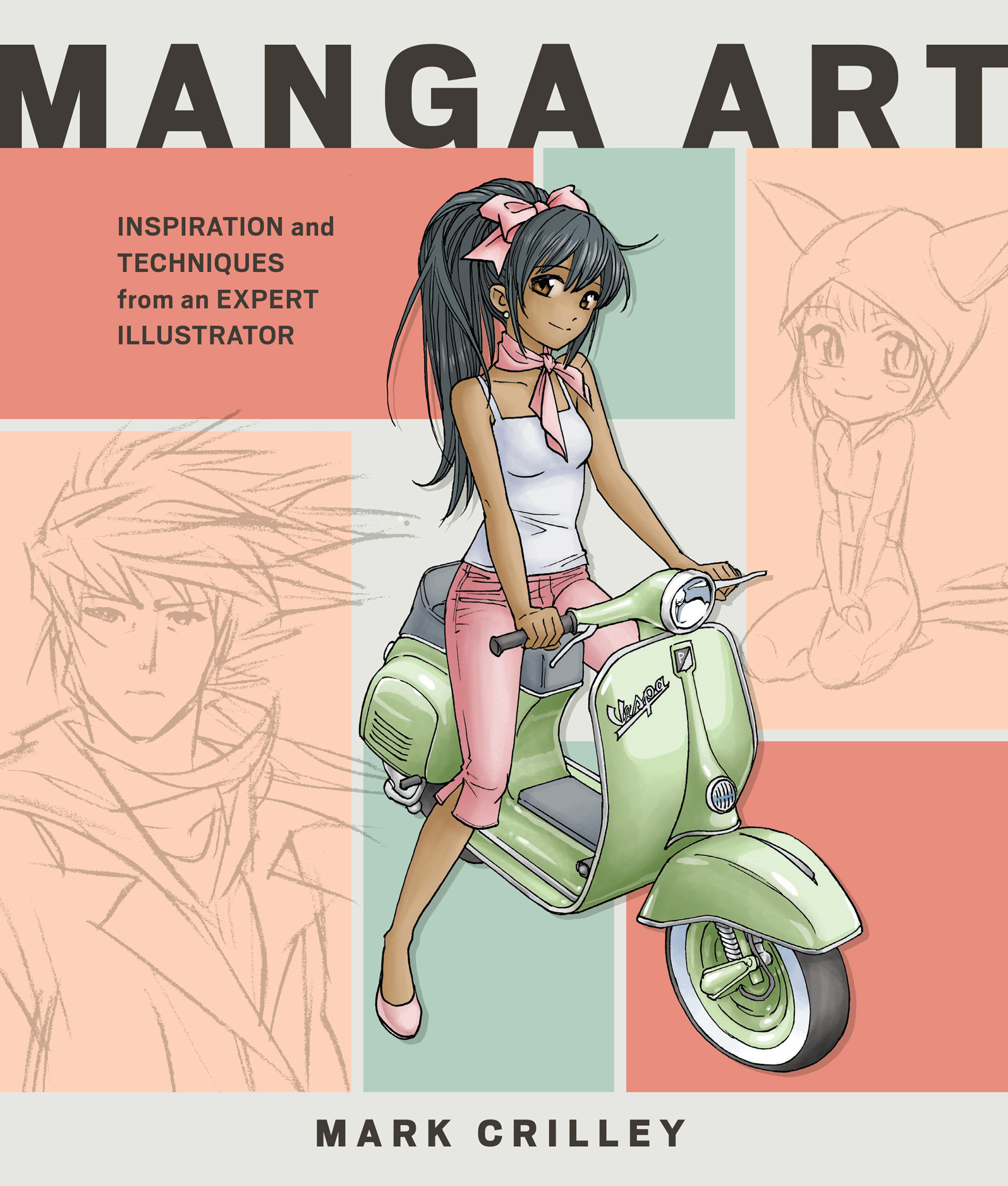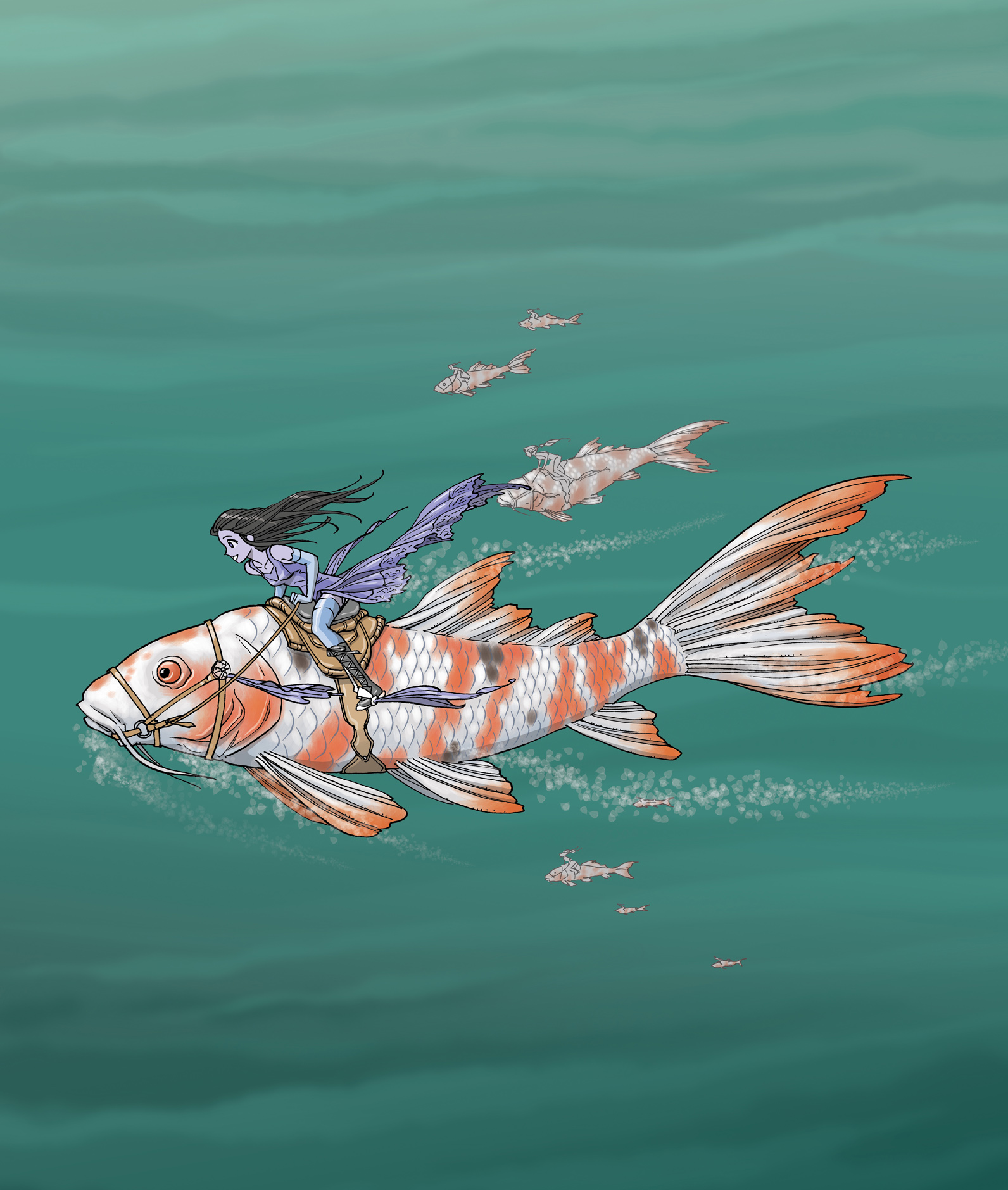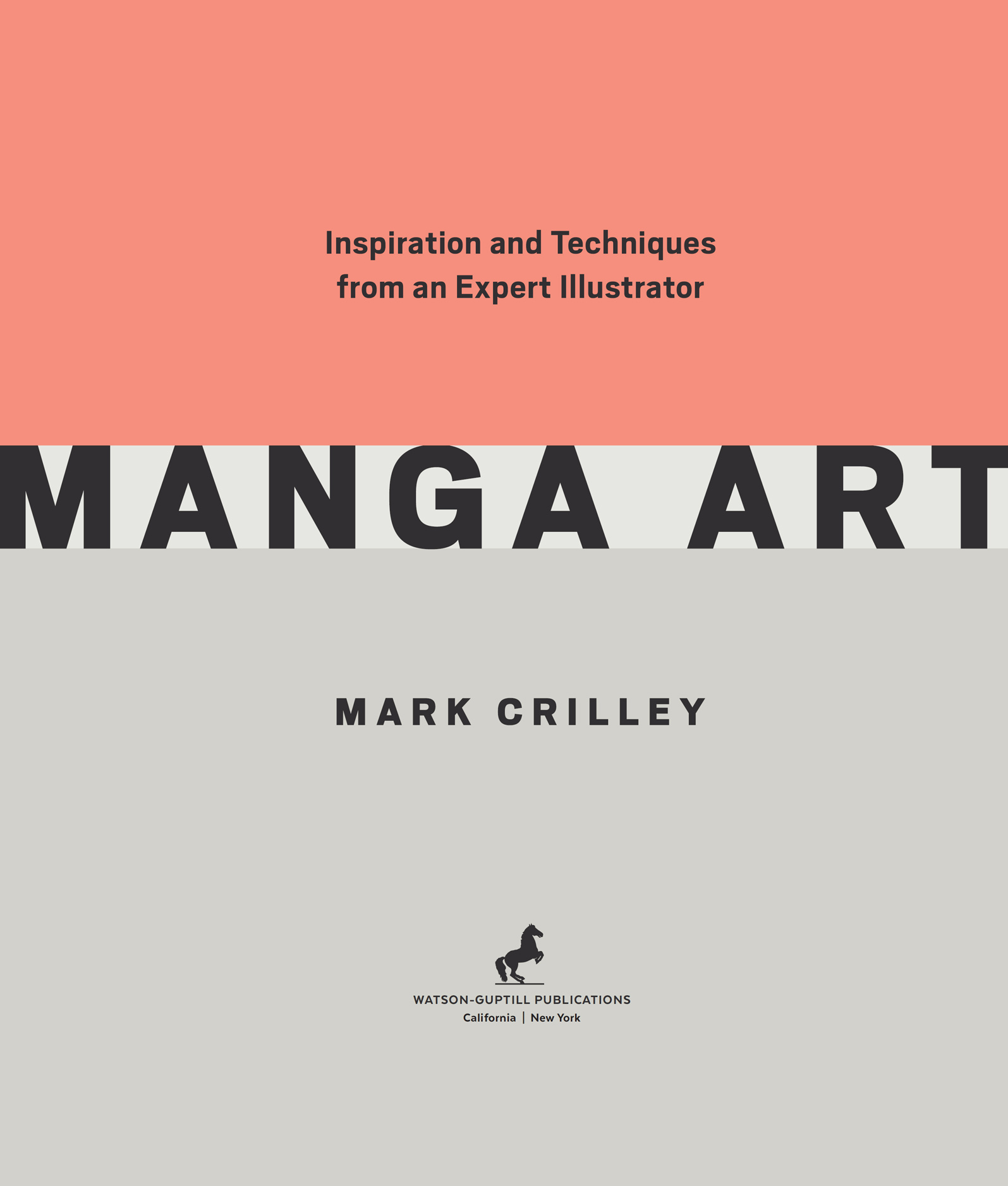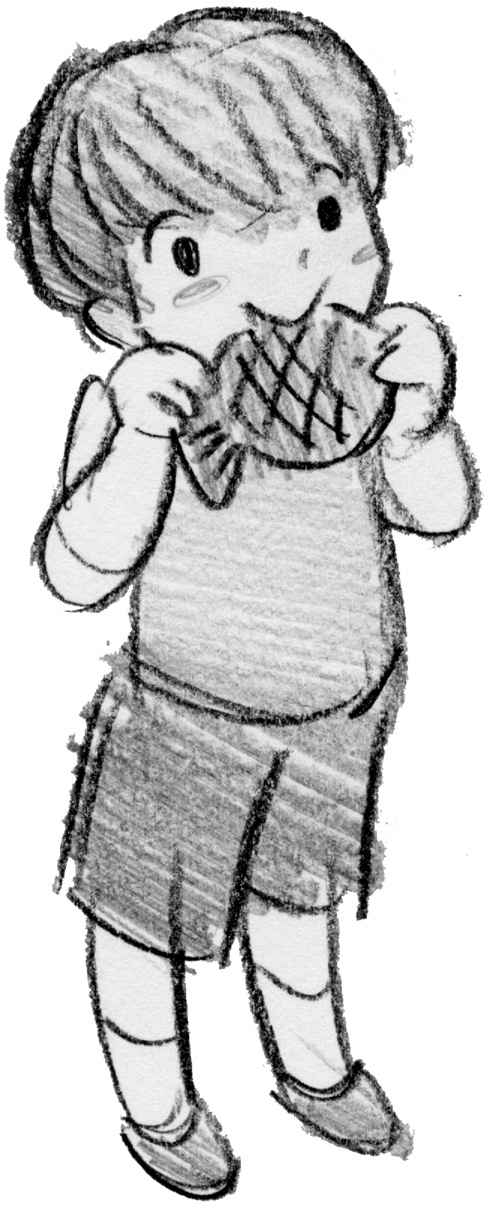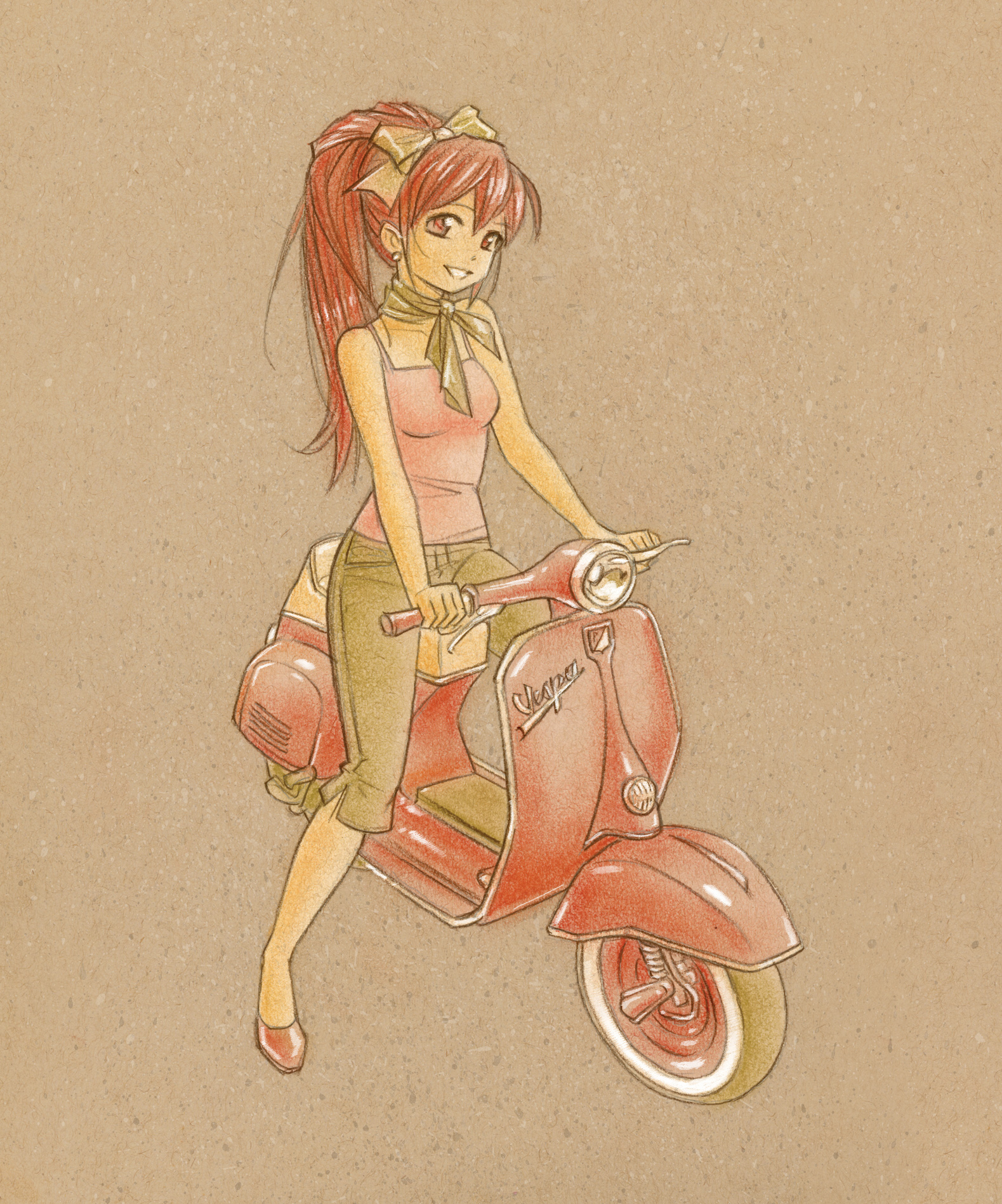All rights reserved.
Published in the United States by Watson-Guptill Publications, an imprint of the Crown Publishing Group, a division of Penguin Random House LLC, New York.
WATSON-GUPTILL and the WG and Horse designs are registered trademarks of Penguin Random House LLC.
Names: Crilley, Mark, author.
Title: Manga art : inspiration and techniques from an expert illustrator / Mark Crilley.
Description: First edition. | Berkeley : Watson-Guptill Publications, 2017. | Includes index.
Subjects: LCSH: Crilley, MarkThemes, motives.
Classification: LCC NC1764.5.U62 C752 2017 | DDC 741.6092dc23 LC record available at https://lccn.loc.gov/2016036742
THIS BOOK IS DEDICATED TO MY PARENTS, ROBERT AND VIRGINIA CRILLEY.
INTRODUCTION
When I was a little kid, my parents always kept stacks of white paper on a shelf in the kitchen, low enough that the paper was easily within my reach. Not far from that paper supply was a cup full of pencils, and, next to that, an electric pencil sharpener. My parents knew I loved to draw. They knew, in fact, that there was basically nothing else I would rather do. I was kind of obsessed with it.
All day long, Id have a pencil in hand, filling page after page with whatever captured my imagination at the timemonsters, superheroes, rocket ships, race cars, you name it. I was free to push myself to the limits of my imagination; with an endless supply of paper and pencils nearbyand provided Id finished my homeworkno one would ever tell me to stop.
And so I continued merrily drawing away through elementary, middle, and high school. Of course, once I decided to major in art at Kalamazoo College, things became a little more structured. There might be an assignment to tackle a certain subject, or a directive to draw in a certain way. Years later, when I became a published author and illustrator, there were naturally further limitations: outlines were discussed, plans were made, drawings were submitted for approval, and so on. The days of just sitting down and drawing what I wanted to had inevitably come to an end. Such is the way of the world.
Or is it?
A couple of years ago, I pitched a book idea to Watson-Guptill Publications, proposing to create a book of illustrations. There was just one thread intended to unite them all: they should be in a manga style, or they should relate to Japan and the world of manga in some way. To my great pleasure, the folks at Watson-Guptill said, Lets do it.
And I was a child once more.
The illustrations you are about to view were created in an atmosphere of complete artistic freedom. The publisher entrusted me with creating the book that I wanted to create. This freedom meant that I was able to follow my muse, day after day, week after week, and make the kind of illustrations I wanted to. I came up with the ideas. I decided the sizes and shapes of each image. I settled on which art supplies to use for drawing the lines and for adding the colors.
It was all up to me. No one said they needed to come in and look over my shoulder. No one said, Mark, can we see some rough drafts and run them by the committee? It wasnt like that. I just sat down and started making art. Truly, it was like being a kid again.
The stack of paper had become pads of Strathmore Bristol board, and the pencilswell, they remained pencils: Dixon Ticonderogathe very same brand I had used as a child. But they were now joined by other art supplies. Man oh man, were they ever joined by other art supplies! I pulled out every type of drawing and coloring tool I had at my disposal for this project: watercolors, colored pencils, gouache (an opaque water-based paint), pastels, pen and ink, computer coloringnothing was ever very far from my fingertips. I was determined to put the mixed back into mixed media.
The organizational principles of this book developed organically. I reached a point one or two months in where I was able to stand back and see that all these pictures had as their primary focus one of five things: characters, Japanese culture, science fiction, unusual concepts, or efforts at working in a particular art style. And so I arranged things into the five chapters that lie before you.
Lets look at the manga aspect. At the heart of the book is manga-style artwork, but perhaps not in the way that you might expect. These are not images that meticulously mimic the art of published Japanese illustrators. Its not a book thats meant to fool you into thinking it was originally published in Tokyo. The name CrilleyI need hardly explainis not Japanese. (Its Irish, if you must know.)
My approach was to take the manga style and be a kind of mad scientist with it. What happens when you mix manga art with styles you would normally see in childrens picture books? What would a manga illustration look like if it were designed by Gustav Klimt? Can manga art be created with loose lines? Or scratchy lines? What about no lines at all? This book contains pictures that answer all of these questions, and many, many others.
Some people (people stricter than me) will even say that some of these pictures dont qualify as real manga art. Thats not for me to decide. But I can promise you one thing: you will never reach a point where you can predict, more or less, whats waiting for you on the next page. This book is designed to keep you guessing. If Ive done my job right, these illustrations shouldnt look like theyre all trying to do the same thing. Heck, some of them shouldnt even look like they were done by the same guy. I wanted this book to be like The Beatles White Album: zigging and zagging all over the place, but somehowjust barelyholding together as a single creation.
One last thing: this is more than just a collection of pictures. Theres quite a lot of writing in this book, and most of it goes well beyond simply introducing you to the artwork. My goal was to inspire creativity, and to pass along specific information about my techniques that you could then use in creating your own work. In reading the various descriptions and short essays in the pages ahead, you will learn all about the ideas behind these pictures, and what made me want to make them. Youll learn about the decisions I made along the way, the things I chose to do or chose not to do, and why. And youll learn quite a lot about the art supplies I used, and how each of them contributed to the appearance of the final images.


